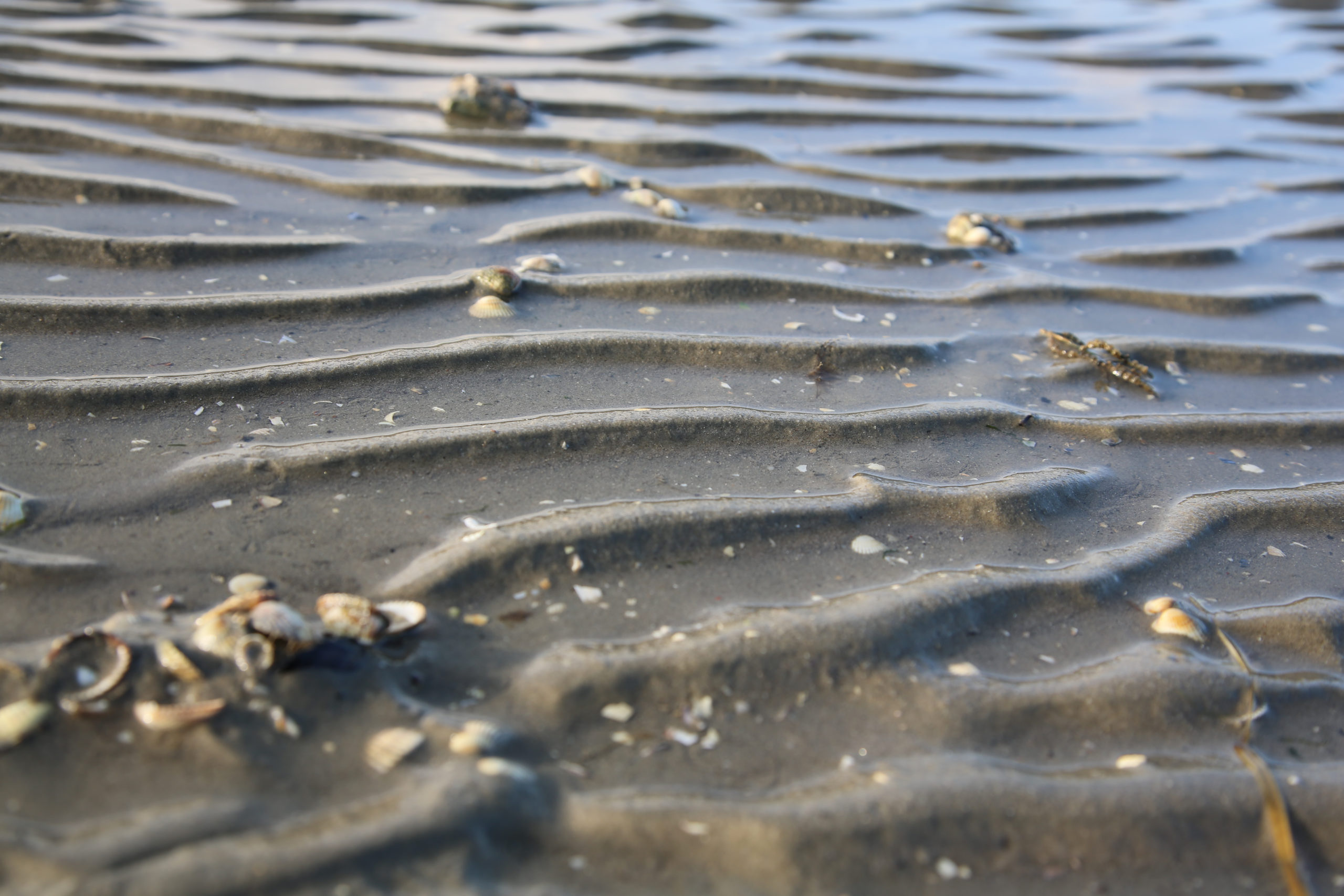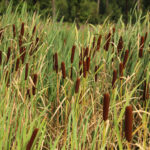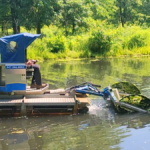What is Sediment Build Up and Why Is It Bad?
All lakes and ponds have a natural life span and fill up with sediment over time. Sediment accumulation can be accelerated by shoreline erosion, runoff, or the seasonal buildup of organic material like submerged aquatic plants and leaves from trees. The build-up of nutrients in sediment slowly releases back into the water, often feeding algae blooms or an over-abundance of aquatic plants. The accumulation of sediment can also interfere with the intended use of a lake or pond, including recreation and stormwater storage. Preventing or slowing down the rate of sediment accumulation will help extend the life of your lake or pond before dredging is required to reset it.
Sediment Management Options
There are several sediment prevention and reduction options. All depend on the site-specific conditions of your lake or pond, including access to the water. Options include:
Mechanical Harvesting – Manual Removal
The manual removal of plant and algae material from your lake or pond has the benefit of providing immediate visual satisfaction while removing organic material from the water. This organic matter could otherwise serve as a food source for additional aquatic plants and algae and contribute to sediment accumulation once the material decomposes. Mechanical weed harvesting involves using a floating vehicle that rakes material floating at the surface and pulls certain weekly-rooted aquatic plants, like Coontail, from the roots. The machine can also be fitted with a cutter attachment that cuts plants like lilies and cattails about 2.5 feet under the water’s surface after which the cut material can be raked away. The number of mechanical removals required each season will depend on how quickly the unwanted plants and algae return.
Diver Assisted Suction Harvesting (D.A.S.H.)
Like mechanical weed harvesting, D.A.S.H. physically removes plant material that can otherwise lead to sediment accumulation. In the case of D.A.S.H., divers selectively pull plants up by the roots, providing a long-lasting solution to your excessive plant issues. Learn more about our DASH services.
Shoreline Buffer Management
Shoreline buffers are comprised of native vegetation that provide a multitude of benefits. Not only do native vegetation filter excessive nutrients that would otherwise wind up in your pond or lake, but it also protects shorelines from ice and waves that cause erosion. Accumulated sediment from shoreline erosion can significantly contribute to “muck” build-up in your pond or lake and shoreline buffers can help prevent this from happening.
Aeration
Aeration is the process of adding oxygen to the water, which is essential to a healthy lake or pond. When waters are stagnant, they are susceptible to algae growth, accumulation of unwanted anerobic (oxygen-hating) bacteria and nuisance aquatic plants. Not to mention the foul odors that can be associated with a stagnant lake or pond.
Aeration systems cause surface disruption on the pond’s surface, create circulation in the water and add dissolved oxygen. In the case of sediment accumulation, aerating lake or pond water encourages the growth of beneficial, aerobic (oxygen-loving) bacteria that help reduce muck by consuming organic nutrients, like decomposed plants. It should be noted that muck consumption by bacteria is a relatively slow process, and while necessary and helpful, is not a “quick fix” for your sediment issues.
Enzymes and Bacteria
The addition of enzymes and bacteria is often requested as a “quick fix” to reduce organic sediment that has built up in your pond or lake. While their use can be effective under certain circumstances, careful attention must be given to:
- The amount of organic material available in the sediment
- The abundance of dissolved oxygen accessible to the organisms
- Appropriate pH levels
- Appropriate water temperatures
- The type or strains of bacteria already present
- Season-long application rates
Given the multiple variables that influence success, enzymes and bacteria are typically not recommended as a primary method for decreasing sediment volumes.
What To Do When You Think You Have a Sediment Problem?
Addressing sediment issues begins with a sediment investigation which tells us how much sediment buildup there is in your lake or pond. It includes a bathymetric survey, which is an underwater topographical survey of the bottom of the water body. It involves measuring the depth of water and the amount and type of sediment present before we reach the original, hard bottom.
We collect data points throughout the waterbody using either sonar or sediment probing poles, or both, depending on conditions, and GPS track data collection points for future reference. We use ESRI ArcMap software to create bathymetric, sediment thickness, and total depth maps and to calculate sediment volumes in order to make recommendations on how much sediment, if any, needs to be removed.
Dredging
Dredging is an immediate and long-lasting solution for sediment accumulation. Not only does dredging restore depth by removing sediment, but it also removes the organic material that feeds aggressive aquatic plants and algae. After decades of sediment accumulation, dredging is often the best option to restore a degraded lake back to its original beauty and health. To learn more about dredging options, click here.
Contact Us Today to Schedule a Sediment Investigation in Illinois or Wisconsin
Interested in learning more about our Illinois and Wisconsin sediment investigation and dredging services? Or looking for other holistic strategies to care for your environment? Contact us today! We service the surrounding areas of Chicago, Northern Illinois, and Southern Wisconsin are happy to help you improve the beauty and health of your lake, pond, wetland, woodland, or prairie.




